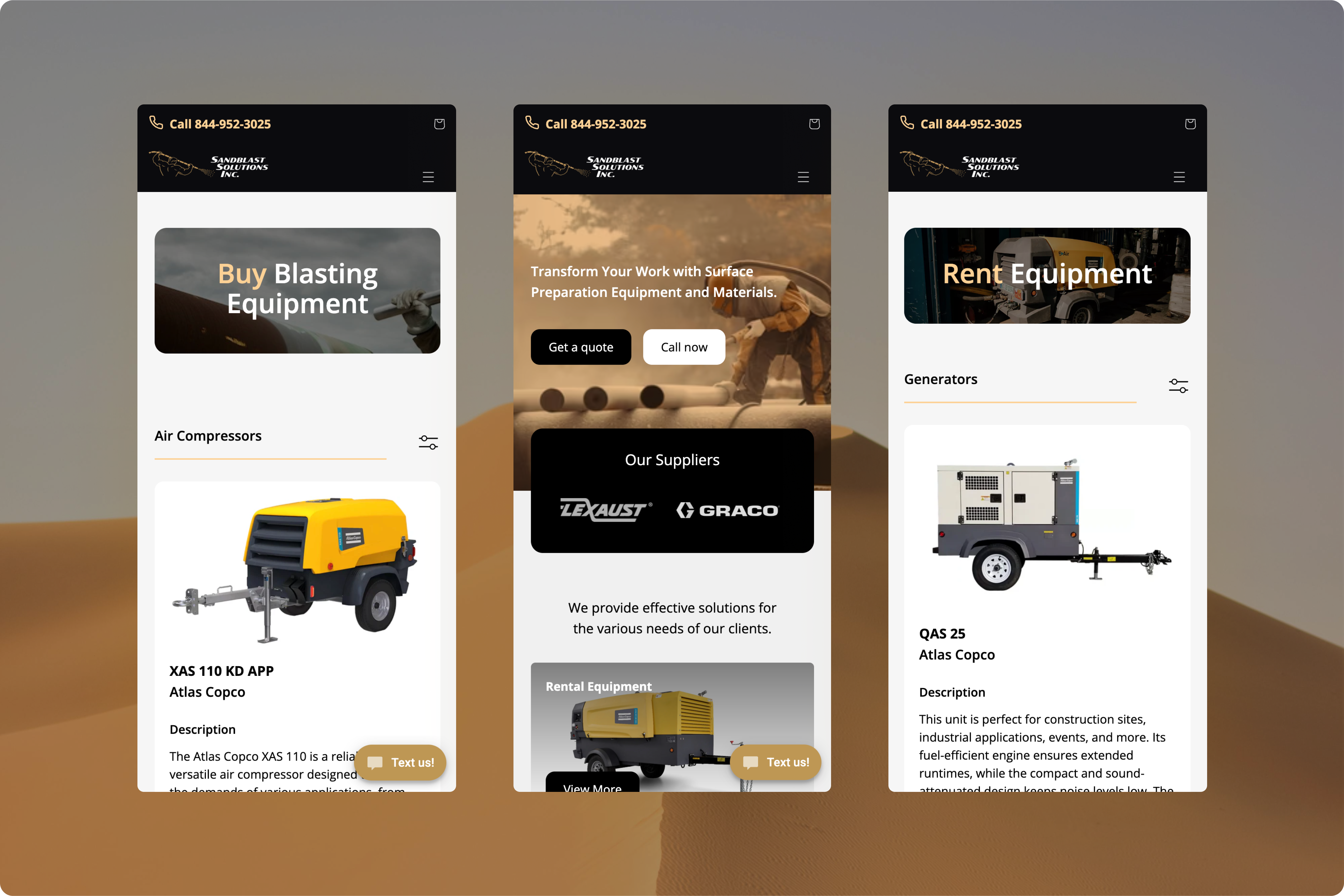
Selecting the right project management tool is essential for keeping teams organized, productive, and connected. With so many platforms available, finding one that fits your team’s workflow can be a challenge. Among the most popular and effective options are Asana, ClickUp, and Trello. Each offers its own strengths and limitations, making them better suited for different types of teams and projects.
Asana is often chosen for its simplicity and structured approach. It features a clean, intuitive interface that allows users to organize multiple projects, set up tasks and subtasks, and create recurring workflows with ease. Because it integrates seamlessly with platforms like Google Drive, Slack, and calendar applications, Asana makes collaboration straightforward and efficient. However, its simplicity also comes with a few trade-offs. Tasks cannot be assigned to multiple users, and frequent notifications can create email clutter. Despite this, Asana remains an excellent choice for teams that want a reliable, easy-to-learn tool that promotes clarity and organization without unnecessary complexity.
ClickUp, on the other hand, caters to teams seeking a highly flexible and powerful solution. It provides multiple ways to view and manage work, including lists, boards, calendars, and Gantt charts, giving users complete control over how projects are structured. ClickUp supports multiple assignees for a single task and offers real-time collaboration features that make teamwork seamless. Its automation capabilities and customization options are particularly strong, allowing teams to tailor workflows to their exact needs. The main drawback is its steeper learning curve; some users may find its extensive feature set overwhelming at first, and a few integrations require third-party tools like Zapier. Still, for teams that need depth, adaptability, and advanced project tracking, ClickUp is one of the most comprehensive tools available.
Trello takes a more visual approach to project management. Based on the classic Kanban board system it allows users to organize projects by dragging and dropping tasks between stages. Trello’s visual layout makes it easy to see progress at a glance, which is particularly appealing for creative or smaller teams. It includes features like checklists, labels, comments, and a built-in automation tool called Butler, which helps reduce repetitive work. Trello also offers a wide variety of templates and integrations through its “Power-Ups.” However, its free version limits users to the board view, and managing larger or more complex projects can quickly become cumbersome. Despite these limitations, Trello remains an excellent option for those who value simplicity, flexibility, and visual organization.
Ultimately, the best project management tool depends on your team’s goals, structure, and workflow. Asana is ideal for teams that want a simple and structured system that’s quick to set up. ClickUp is best suited for those who need robust functionality and advanced customization. Trello works well for teams that prefer a visual, flexible, and easy-to-use platform. Each of these tools has distinct advantages, and the right choice comes down to finding one that aligns with your team’s working style and helps them stay productive and connected.


